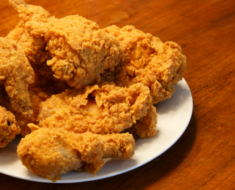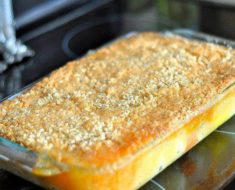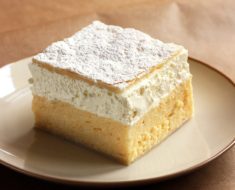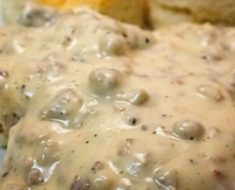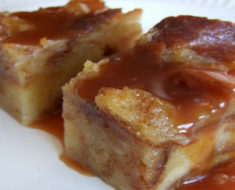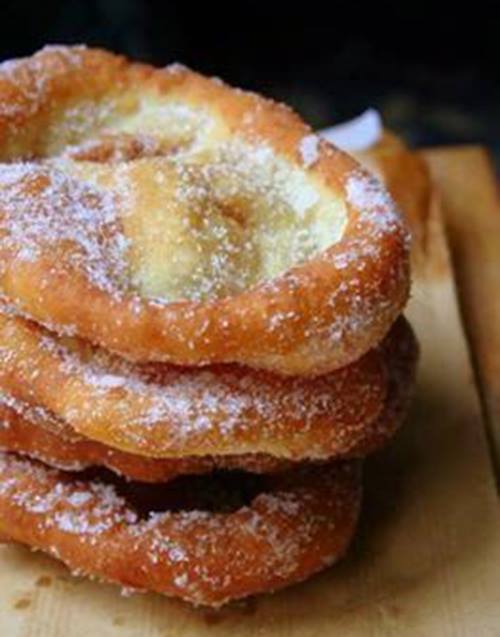
WHAT IS A BEAVER TAIL PASTRY?
The Beaver Tail is a fried-dough pastry made with whole wheat flour and pulled by hand to resemble the long, flat tail of a beaver. It’s then topped with a myriad of delicious garnishes — anything from the classic cinnamon and sugar to whipped cream and Nutella are fair game.
Contrary to popular belief, the Queues de Castor as they are known in Canada’s other official language weren’t invented in Quebec. But did you know they weren’t invented in Ottawa either?
THE SHORT TALE OF THE LONG BEAVER TAIL
In the late 1970s, Grant and Pam Hooker began selling the iconic Canadian dainty west of Ottawa at the Killaloe craft and community fair. Grant Hooker asserts the recipe they use is third generation, handed down to him by his German-Canadian grandmother. She called the deep-fried pastries she made for breakfast keekla, German for “little cake.” The Hookers used this very recipe for keekla, but it wasn’t until their daughter likened the long flat pastries to beaver tails that the name was coined and quickly trademarked.
But the roots of this tail also go back well before the Hookers’ ingenious daughter named the pastries. Before the arrival of European settlers, Indigenous peoples would cook beaver tails on an open flame in order to access the meat inside the thick tail skin. New arrivals were later inspired to cook their fried dough in the same manner.
Similar to bannock, another Iconic Canadian Food explored in this series, Beaver Tails don’t require rising. Early settlers referred to this type of bread as “baking day bread,” and there’s a similar version of it in the United States called Elephant Ears (though it has never reached the same fame as its Canuck cousin). Source: foodbloggersofcanada.com
To Make this Recipe You’Il Need the following ingredients:
Makes 20-30 Beavertails
Ingredients
- Beaver Tails1/2 cup warm water
- 5 teaspoons dry yeast
- 1 pinch sugar
- 1 cup warm milk
- 1/3 cup sugar
- 1 1/2 teaspoons salt
- 1 teaspoon vanilla
- 2 eggs
- 1/3 cup oil
- 5 cups self raising flour
- Vegetable oil (for frying)
- Cinnamon Sugar, Caramel, 6 Tbl of butter
- 1/2 cup of cream
- 1 cup of brown sugar
Method
In a large mixing bowl, stir together the yeast, warm water and pinch of sugar.
Allow to stand a couple of minutes to allow yeast to swell or dissolve.
Stir in remaining sugar, milk, vanilla, eggs, oil, salt, and most of flour to make soft dough.
Knead 5-8 minutes (by hand or with a dough hook), adding flour as needed to form a firm, smooth, elastic dough.
Place in a greased bowl. Place bowl in a plastic bag and seal. (If not using right away, you can refrigerate the dough at this point).
Let rise in a covered, lightly greased bowl; about 30-40 minutes.
Gently deflate dough. (If dough is coming out of the fridge, allow to warm up for about 40 minutes before proceeding).
Pinch off a golfball-sized piece of dough. Roll out into an oval and let rest, covered with a tea towel, while you are preparing the remaining dough.
Heat about 5cm of oil in fryer in a wok. After a few minutes, drop a little dough in the oil. If it sizzles and browns up, then the oil is ready.
Add the dough pieces to the hot oil, about 1-2 at a time.
BUT — before you do, stretch the ovals into a tail shape, like a beaver’s tail – thinning them out and enlarging them as you do.
Turn once to fry until the undersides are deep brown. Do not walk away from the stove as the tails will quickly burn
Lift the tails out with tongs and drain on paper towels.
Immediately toss the tails in cinnamon sugar and shake off excess
To make caramel, add butter and brown sugar to cream in a saucepan and stir continuously over a low heat until thick and all ingredients have dissolved into each other.
SMOTHER your beavertail with your favourite topping such as jam and cream, salted caramel, stewed apples and icecream, nutella or maple syrup.

